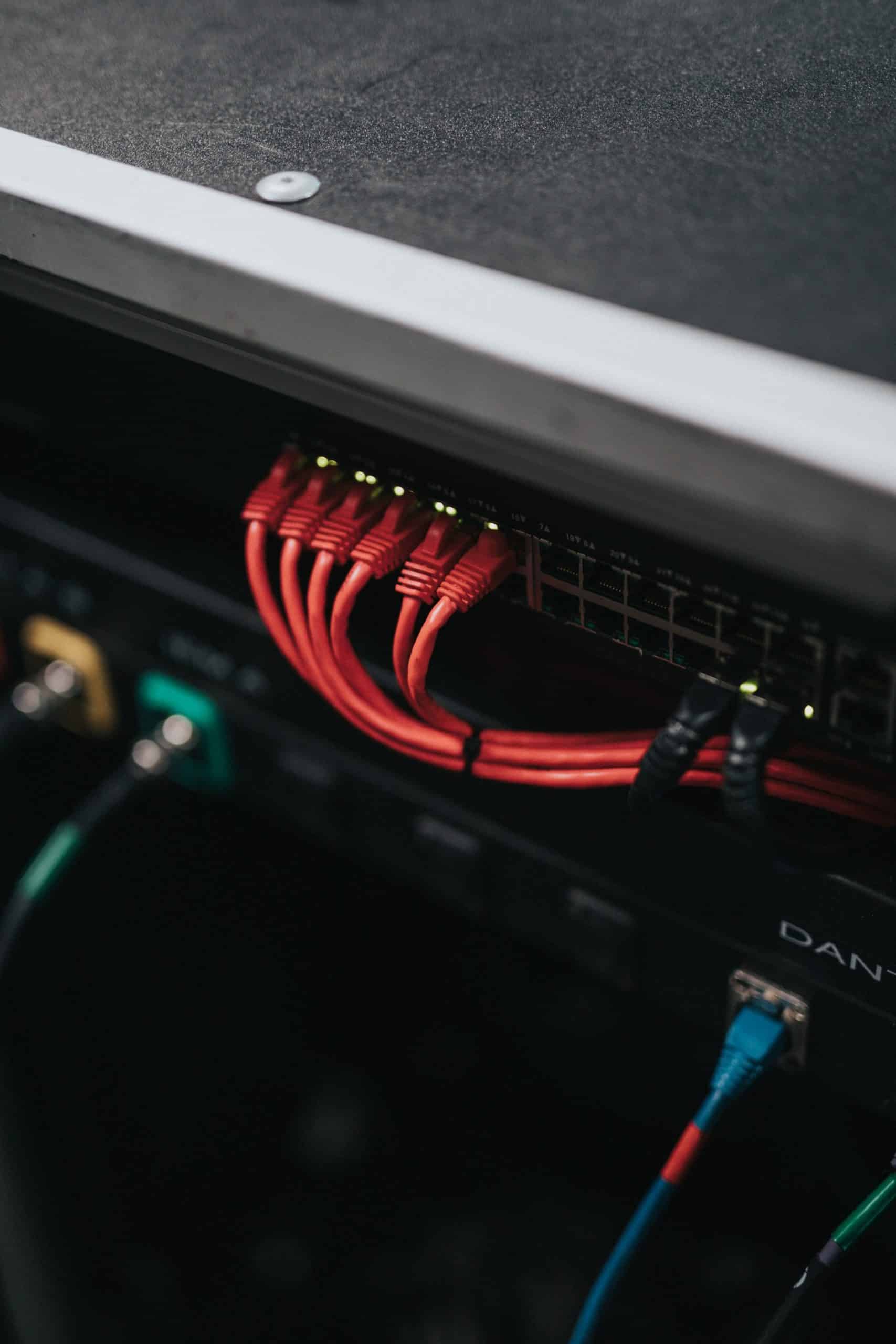If you don’t know, many people are interested in accessing and stealing your data. Scammers, hackers, malicious employees, government agencies, and even unethical cloud service employees are all looking for ways to access your data.
With statistics showing that about 16 million Americans are affected by fraud every year, you’ll be safe not to assume that you’re safe. Even the most popular cloud services such as Microsoft, Yahoo, Gmail, Dropbox, etc., are vulnerable to data breaches if their servers are not encrypted.
Compared to managing data security in-house, cloud-based services come with numerous benefits. Among other things, cloud-based services are easy to manage, affordable, and scalable.
IMAGE: UNSPLASH
Even so, due to the size of sensitive information stored on cloud services, they remain prime targets for attackers. Even a single mistake in the configuration of a cloud server can make it vulnerable.
If a hacker gets access to any of your computers or phone, your sensitive information will be a risk. It is even worse if scammers succeed in breaching a server as all user’s information will be at risk. Luckily, you can avoid this with end-to-end encryption.
What Is End-To-End Encryption?
End-to-end encryption refers to a system that allows users to protect their data (whether photos, online conversations, videos, etc.) by making them unreadable to non-recipients. Even service providers cannot decode the information being transmitted.
End-to-end encryption is designed to give users maximum security. Apart from ensuring that non-recipients cannot decode the information or data being transmitted, end-to-end encryption ensures that businesses cannot give out their customer’s information to the authorities.
WhatsApp is among the service providers that use end-to-end encryption. This means that your WhatsApp messages are protected, and only the recipient has the key to unlock them. User confidentiality is key for the users. Even so, not all communication systems use end-to-end encryption to secure customer data and communications.
The problem is that such companies cannot guarantee users of their data and communications protection when using their system. User confidentiality is left in the hands of those who manage the servers, which can raise trust issues. End-to-end encryption is undoubtedly the safest way to protect your data as well as that of your customers again breach.
Why You Need End-To-End Encryption?
The use of coded information is not uncommon. Whether it is times of war or peace, people have used secret codes to pass vital and confidential information. Ideally, end-to-end encryption works by making the message being transmitted unreadable by nobody else except by the recipient.
Unlike traditional encryption, end-to-end encryption does not work with a single key. Instead, it uses two keys: the encryption and decryption keys. Here’s how end-to-end encryption can benefit you:
When The Server Is Breached
Instead of only focusing on protecting your server, end-to-end encryption allows users to protect your data in the event your server is breached. End-to-end encryption does this by ensuring that your data is decrypted only on your personal devices and not just on the server.
As such, even if attackers succeed in compromising your server, they will be unable to read the information in it because it is protected with end-to-end encryption.
When Your Is In Transit
Encryption in transit is the process of protecting your message when it’s being transmitted from your device to a server. Most often, encryption in transit uses technologies such as transport layer security and secure sockets layer, which prevents attackers from succeeding with the attack.
Since encryption in transit allows your decrypted message to be available in both the server and your device, the server will become a target of attackers.
When Your Data Is Rest
Your data at rest is also vulnerable to attacks. Encryption-at-rest ensures that your stored data is encrypted, meaning attackers cannot access your information when stored on physical disks. However, encryption-at-rest cannot protect your data from attack if attackers succeed in the server if the data is not encrypted.
End-to-end encryption can bridge the gap and ensure that your messages are well-protected. With end-to-end encryption, servers cannot access your decrypted data. Once the message is encrypted in the sender’s device, only the recipient can decrypt it. This means that even if the server is attacked, your data will not be compromised.
Can You Use End-To-End Encryption On Gmail?
Popular cloud service providers such as Gmail, Yahoo, Dropbox, Outlook, among others, do not use end-to-end encryption. Remember, we stated earlier in the post that end-to-end encryption does not allow servers to access the data stored in it? Well, cloud service providers like Gmail rely on servers to process files and emails and thus can support end-to-end encryption.
If you are interested in even more technology-related articles and information from us here at Bit Rebels, then we have a lot to choose from.


COMMENTS